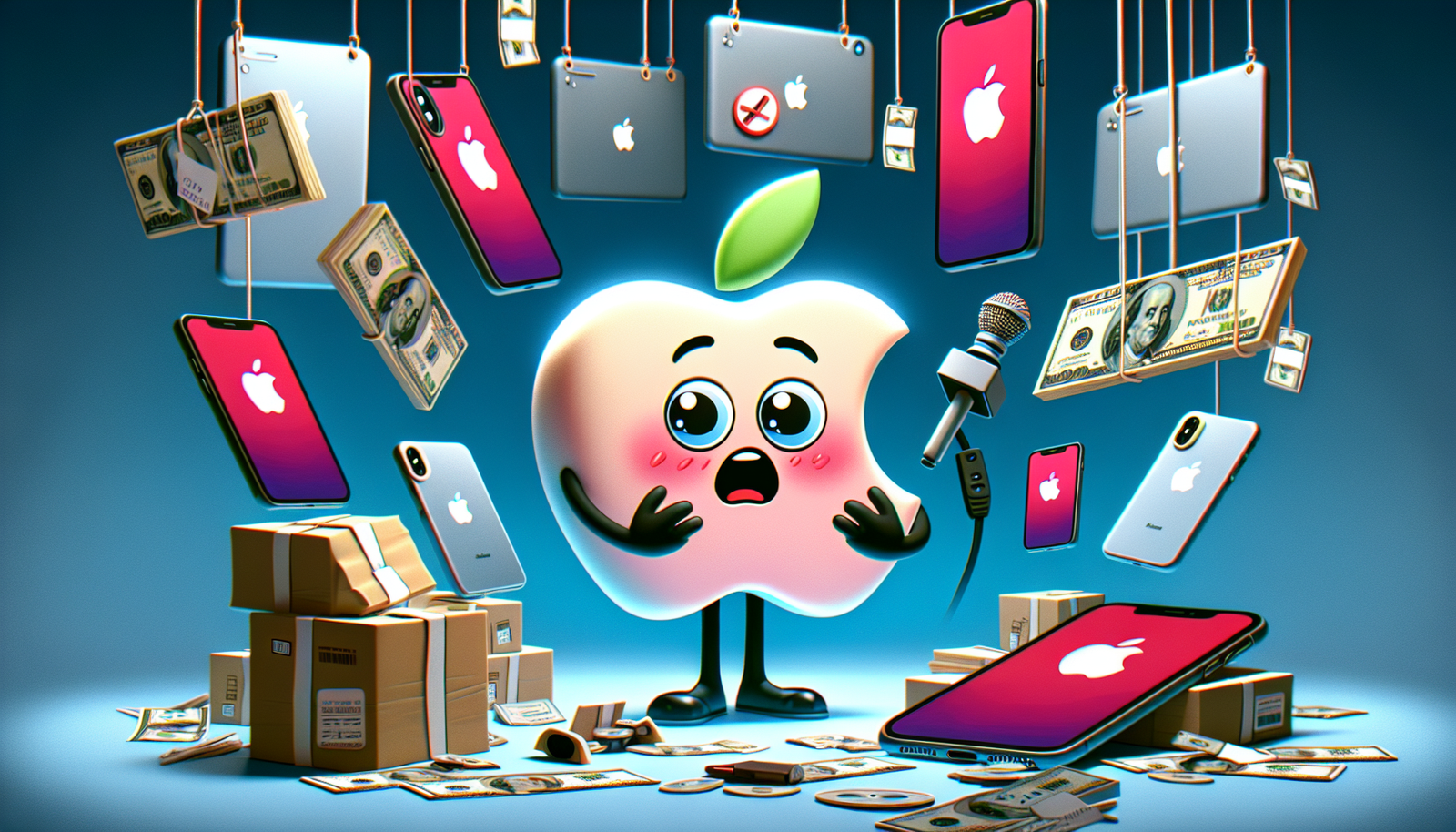Apple Duped into $2.5 Million Counterfeit iPhone Scam
In a remarkable case of fraud, two men were sentenced this week for an elaborate scheme that tricked Apple into replacing approximately 6,000 counterfeit iPhones with genuine devices, resulting in a loss of about $2.5 million. The U.S. Department of Justice reported that Haotian Sun, 34, received a 57-month prison sentence and was ordered to pay over $1 million in restitution. His accomplice, Pengfei Xue, was sentenced to 54 months and required to pay $397,800.
The fraudulent activities took place between 2017 and 2019, during which Apple employees failed to detect the sophisticated nature of this operation. The scammers diverted Apple’s policies on warranty returns by employing spoofed serial numbers and IMEI numbers of genuine iPhones still under warranty.
How the Scam Worked
The criminals managed to return counterfeit phones, often linked to real consumers’ warranties, by exploiting Apple’s return policy. While Apple typically has procedures to prevent abuse—such as rejecting requests from the same individual or address—the scammers navigated these barriers by using alias names and different mailing addresses.
The operation was uncovered after an Apple investigator alerted law enforcement, which led to a federal investigation involving intercepted packages from China filled with counterfeit phones. In many cases, Apple mistakenly replaced these fake devices without realizing they were not genuine.
Agents documented the IMEI numbers of the intercepted packages, allowing them to trace the returns back to the fraudsters. The investigation even included surveillance and digging through trash to gather evidence against Sun and Xue, revealing their extensive network of fake returns.
Consequences of the Scheme
Both men now face significant prison time, and their operations drew attention to vulnerabilities in Apple’s returns process, emphasizing the need for greater scrutiny to prevent future occurrences of similar scams. Although some preventative measures are in place, like blocking repeat offenders, the scammers exploited the system’s loopholes for years.
As the technology landscape continues to evolve, this case serves as a cautionary tale for companies regarding the risks associated with their return policies and counterfeit products.

